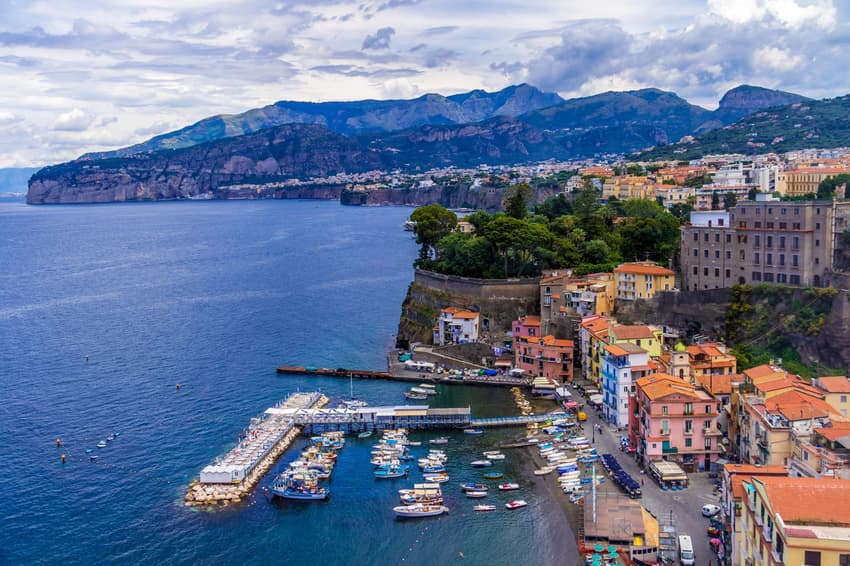‘Bikini ban’: Why Italy’s Sorrento has outlawed swimwear

Sorrento is one of Italy’s most famous tourist resorts, with both Italian and international visitors flocking to the area every summer to enjoy sun, sea, and the sights.
But it seems one sight the local mayor no longer wants to see in his town is that of sunburned tourists traipsing through the streets and piazzas in revealing beachwear.
On Wednesday, July 6th, Mayor Massimo Coppola issued a ban on walking around in swimming costumes or going shirtless (and presumably, topless) in a crackdown on what he called “indecorous behaviour”.
Coppola told Italian media that the sight of skimpy swimsuits was causing “discomfort and unease” among local residents and some visitors.
He said walking around in swimwear was “contrary to decorum” and that such behaviour was impacting quality of life in the town, “with consequences for its image and for tourism”.
Overlooking the magnificent Gulf of Naples, Sorrento welcomed as many as three million visitors a year before the start of the Covid-19 pandemic.
Local police will be tasked with enforcing the new ‘anti-bikini’ ordinance, as it has become known, with fines of up to 500 euros for those flouting the rules.
READ ALSO: How will Italy’s Amalfi Coast traffic limit for tourists work this summer?
While such a ban may sound unusual, Sorrento is not the first or only part of Italy to legally require people to cover up.
Lipari, the largest of Sicily’s Aeolian islands, introduced a similar rule back in 2013, after residents kicked up a fuss about tourists wearing skimpy swimwear in the city centre.
Tropea, one of Calabria’s most popular seaside resorts, followed suit in July 2019, when Mayor Giovanni Macrì forbade residents and visitors from wearing swimwear far from the local beaches, as well as strolling around town barefoot.
READ ALSO: What are the rules on wild camping in Italy?
Finally, Venice has long been known for enforcing an array of rather peculiar pro-decorum measures.
Besides the Venetian anti-beachwear ban, visitors of the 'Floating City' are banned from eating or drinking while sitting on the ground, bathing in the lagoon's waters, riding bikes and even feeding the local birds, with the latter offence leading to fines of up to 500 euros.
Join the conversation in our comments section below. Share your own views and experience and if you have a question or suggestion for our journalists then email us at [email protected].
Please keep comments civil, constructive and on topic – and make sure to read our terms of use before getting involved.
Please log in here to leave a comment.